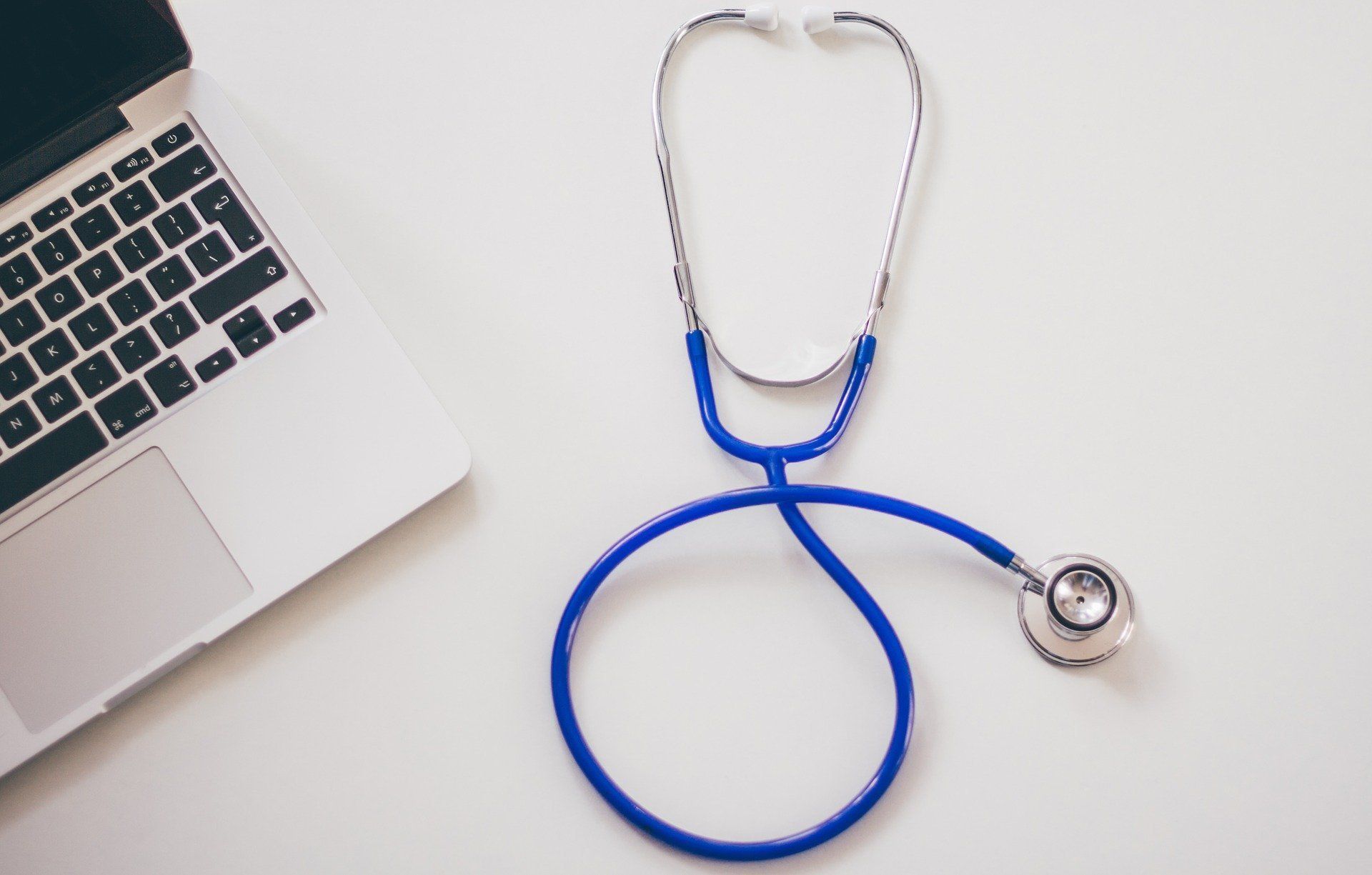
With global changes in healthcare rapidly developing, you may find yourself faced with a virtual doctor visit. We've collected some important tips to help you and those close to you prepare for virtual medical appointments.
Electronics and Browser Compatibility
You will need a webcam or webcam enabled computer, smartphone, or tablet with good-quality speakers, a microphone, and a supported web browser. When possible, use earphones/headphones. Check compatibility between the app/program used for the virtual appointment and your browser and computer system.
Communication
Provide an email or telephone number by which you will send, receive, and respond to communications with your doctor and the administrative staff. Ask to receive a visit summary following the appointment. Check if the doctor uses an electronic health record system through which you may correspond and retain test results. Clarify how best to communicate follow-up questions or concerns after the visit.
Homework
If possible, complete and submit patient questionnaires a day or two in advance of your visit. Telehealth visits are often brief. Therefore, there will be less time to discuss last-minute questions or concerns that occur to you during the appointment. Prepare a list of questions, concerns, or troubling symptoms you wish to discuss with your doctor. Make a note of any physical findings from previous studies that you would like to review with the doctor during the visit.
List the medications you are currently taking and changes in medications since your last visit. It is helpful to have the actual medicines available to reference during the appointment. You may also request a copy of this information from your pharmacy.
You may not see the same doctor who routinely follows you in the clinic. Therefore, you may need to explain Barth syndrome and provide a brief description of your health history. Take some time to prepare a written brief that can be submitted with other paperwork in advance of your appointment or to have on hand as a reference when sharing your health history with the doctor.
Locate and be prepared to provide a copy of your photo ID, insurance card. You will need this when checking in for your appointment.
On the Day of the Appointment
Test the audio, camera, and internet connection on your device. Make sure the device is connected and fully charged. Generally, a troubleshooting link is in the appointment confirmation communication. Your computer settings may prompt you to allow pop-ups or share your camera during your visit. Familiarize yourself with how to authorize pop these requests before the appointment. If you cannot connect by video, have a backup plan. Check that you have a telephone number to call if you cannot connect through video.
Have a reliable internet (wi-fi) connection. A wired connection may be preferable. Headsets are helpful to minimize distortion and to block background noise. If you do not have a headset, mute your microphone when you are not speaking. Be in a quiet, private, well-lit space.
Bring a Buddy
It may help to have a partner, caregiver, trusted friend, or family member present during the visit. This approach may be incredibly helpful if you are feeling unwell. In addition to being there when you may not be at your best, a buddy can help prepare for and make the most of the virtual visit. They can help by taking notes. They can remind you about symptoms or details you may have forgotten to mention, which might be necessary for the doctor to know. Inform the administrative staff if someone will be joining from a different location. Share the necessary information with your buddy so they may troubleshoot in advance and fully participate during the appointment.
Your Virtual Appointment Experience
Close your computer windows and programs which are not essential during the virtual appointment. When you arrive, the administrator may place you in a virtual waiting room when you arrive. You may be triaged by a nurse before seeing the doctor.
When Is Virtual Care Not an Option?
Sometimes the doctor has to see you in person, touch, or listen to you to make a proper assessment. Generally, the doctor will wish for you to be evaluated in person if you experience a sudden onset or worsening of symptoms that would suggest an emergency situation such as but not limited to:
- chest pain, heart palpitations, racing of the heart, passing out
- shortness of breath, coughing, wheezing, coarse breath sounds
- loss of vision or hearing
- weakness or numbness
- pain, tenderness, or swelling
- abnormally high or low temperature
- prolonged diarrhea or vomiting
- painful injury




